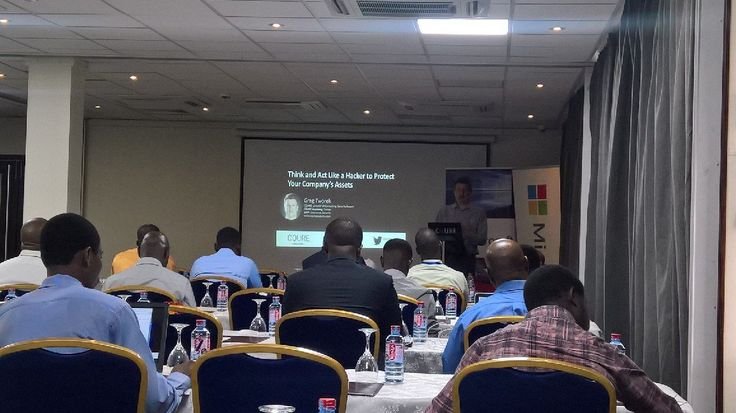Taxes can feel like a giant rulebook written in a secret language. If you’re 18 and starting work, running a small side hustle, or just curious – this guide breaks down the most important tax ideas from ICPAK training into normal words, with examples you can actually use.
Quick snapshot first:
- A tax system is the set of laws and rules that decide who pays money to the government and how. It’s used to pay for schools, roads, hospitals and public services.
- Taxes fall into two big buckets: direct taxes (paid straight by people or companies) and indirect taxes (paid when you buy things).
1) Direct vs Indirect taxes – what’s the difference?
Direct taxes are taken from your income or profit. Think: your salary tax (PAYE), company profits (corporate income tax), capital gains when you sell property, or taxes on interest and dividends.
Indirect taxes are collected when you spend money: the most common is VAT (Value Added Tax). When a shop charges you VAT, the shop sends that VAT to the tax authority later. The final customer ends up paying the VAT.
Why this matters to you: Direct taxes affect your paycheck or business profit. Indirect taxes change the prices you pay at stores.
2) The main taxes you’ll hear about (explained simply)
- PAYE (Pay As You Earn): The tax your employer deducts from your salary before you get paid. Think of it as “tax at source.”
- Corporate Income Tax (CIT): This is the tax companies pay on their profits. In Kenya, resident companies are generally taxed at 30%. (Source: KRA/PwC overview).
- VAT (Value Added Tax): The standard VAT rate is 16% on most goods and services in Kenya; some items are zero-rated or exempt.
The key point from ICPAK: VAT is borne by the final consumer and businesses generally deduct input VAT from output VAT.
- Withholding Tax (WHT): This is a tax the payer deducts and remits to KRA on behalf of the recipient. For example, when a company pays a consultant, a percentage is taken off as WHT.
ICPAK calls it “paying tax for someone else” and explains why it helps government cashflow and prevents tax evasion.
- Turnover Tax (TOT) & Monthly Rental Income (MRI): TOT is for very small businesses (a percent of turnover); MRI tax applies to landlords within certain ranges.
- Excise & Customs duties: These are taxes on specific goods (like bottled water, soft drinks, imported goods) and are handled under different laws and schedules.
3) Some real examples (so it’s not just words)
Example — Withholding Tax (simple):
You do freelance design work and send an invoice for KSh 50,000 to a company. If the applicable WHT is 5% (resident professional fee), the company deducts KSh 2,500 and pays you KSh 47,500. The company hands KSh 2,500 to KRA as your tax credit. That’s how WHT works in practice.
Example — VAT effect:
A small business buys raw materials for KSh 100,000 plus 16% VAT (KSh 16,000). If their product sells with output VAT, they can usually claim back the KSh 16,000 they paid (input VAT) against the VAT they charged customers. If they’re exempt, they can’t claim it — which raises costs. Kenya Revenue Authority
4) Taxes aren’t only rules – they’re about behavior
One of the ICPAK training focused on taxpayer compliance behavior: why people obey or break tax rules. The slides and OECD research say tax behavior is shaped by two things:
- Economic factors: how big the tax burden feels, how expensive it is to comply (time, accountants), and penalties for breaking rules.
OECD - Behavioural factors: whether people think the system is fair, their trust in government, what others do and personal attitudes toward risk. If someone thinks “everyone avoids tax,” they’re more likely to avoid tax too.
OECD
Why this matters to you: Good tax design and friendly communication (clear deadlines, easy filing systems) make it much more likely people will do the right thing.
5) Compliance: the practical side (how organizations manage tax risk)
ICPAK lays out a simple compliance framework every business should follow. Key steps are:
- Identify which taxes apply – VAT, PAYE, CIT, WHT, etc.
- Set processes & timelines – e.g., file VAT by the 20th of each month; remit WHT within 5 working days after deduction.
- Detects common pitfalls – late filing, wrong rates, bad invoices, poor payroll reconciliation.
- Review & correct – keep records, fix mistakes early, and respond to KRA queries fast.
Tip for small businesses / freelancers: keep a simple spreadsheet that records all invoices, WHT deducted, VAT paid and filing dates. That’s half the battle.
6) Practical takeaway: simple rules you can follow
- Always keep receipts and invoices. This is your proof. ICPAK stresses that expenses without proper electronic invoices may be non-deductible.
- If you’re a freelancer, understand WHT. Know the rate your client will apply and how it affects your cashflow.
- Businesses: set a filing calendar. Missing filing dates (VAT, PAYE, WHT) creates penalties and extra work. The ICPAK sample compliance table shows how to structure this.
- If you’re buying a product or service, remember VAT affects price. Zero-rated vs exempt matters for producers and ultimately for the price you pay.
7) A few important updates & systems to know (short)
- Corporate tax in Kenya is generally 30% for resident companies. If you’re following tax news, note that tax rules sometimes change every budget. PwC Tax Summaries
- KRA has been rolling out iTax enhancements to make filing and automated checks better – this is good for transparency and easier filing when systems work. ICPAK points to digitalization as a top challenge; KRA’s system work helps address it.
Kenya Revenue Authority

8) Final thought: Why understanding taxes matters
Taxes shape prices, wages and business behavior. Knowing basic concepts helps you make smarter choices: negotiate invoices as a freelancer, price goods properly if you run a shop, or simply understand your pay slip. The ICPAK training is a reminder that taxes are not just “boring rules” – they’re a part of how a country functions. When citizens and professionals understand them, the system works better for everyone.

